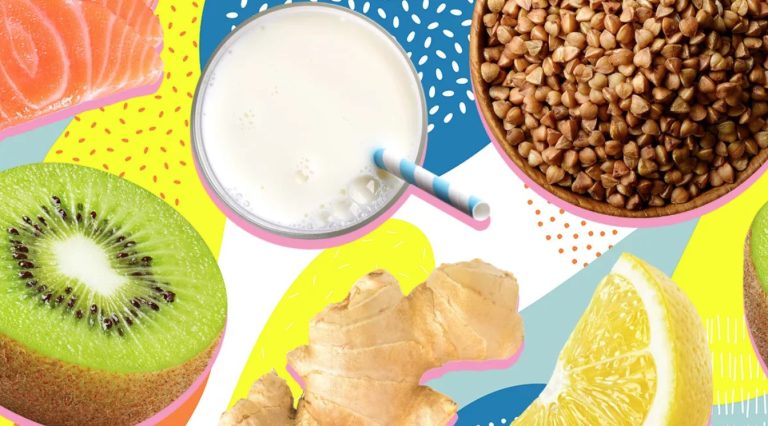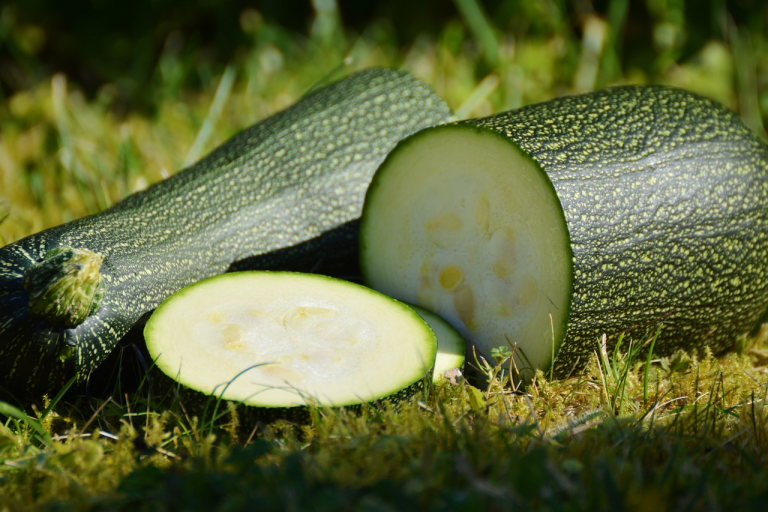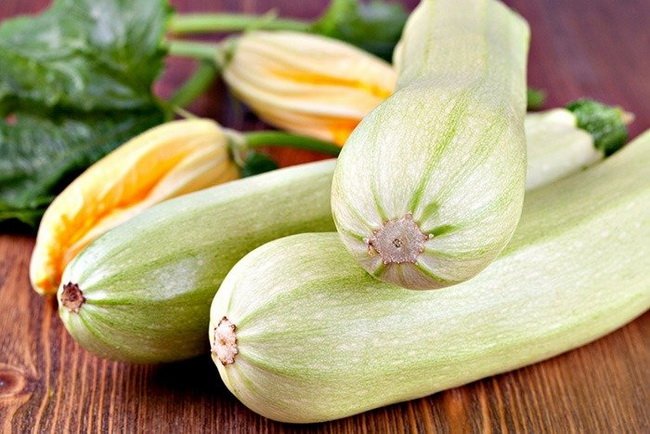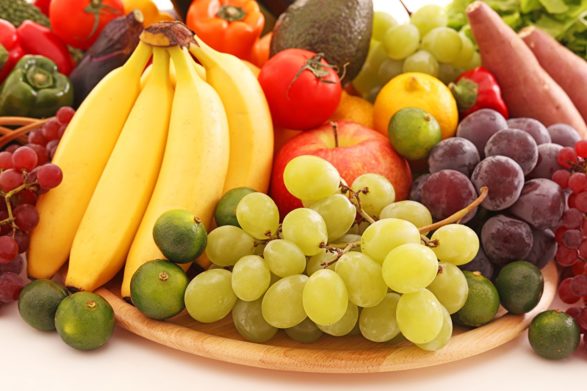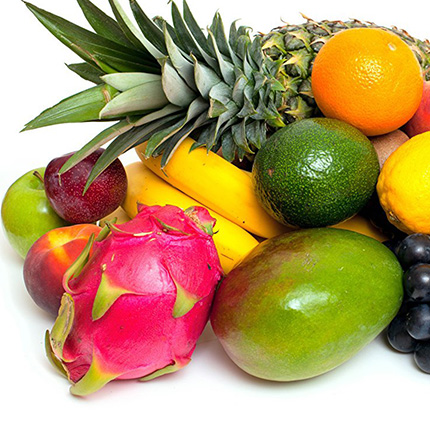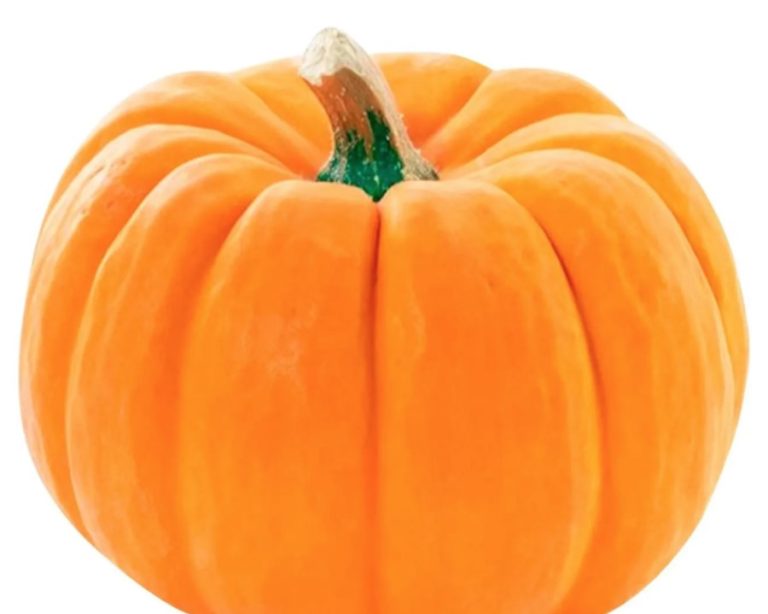In addition to the right care, nutrition also has a major impact on skin, hair and nails: These eight regional foods ensure a beautiful complexion, healthy hair and nails.
Food for beautiful skin: carrots
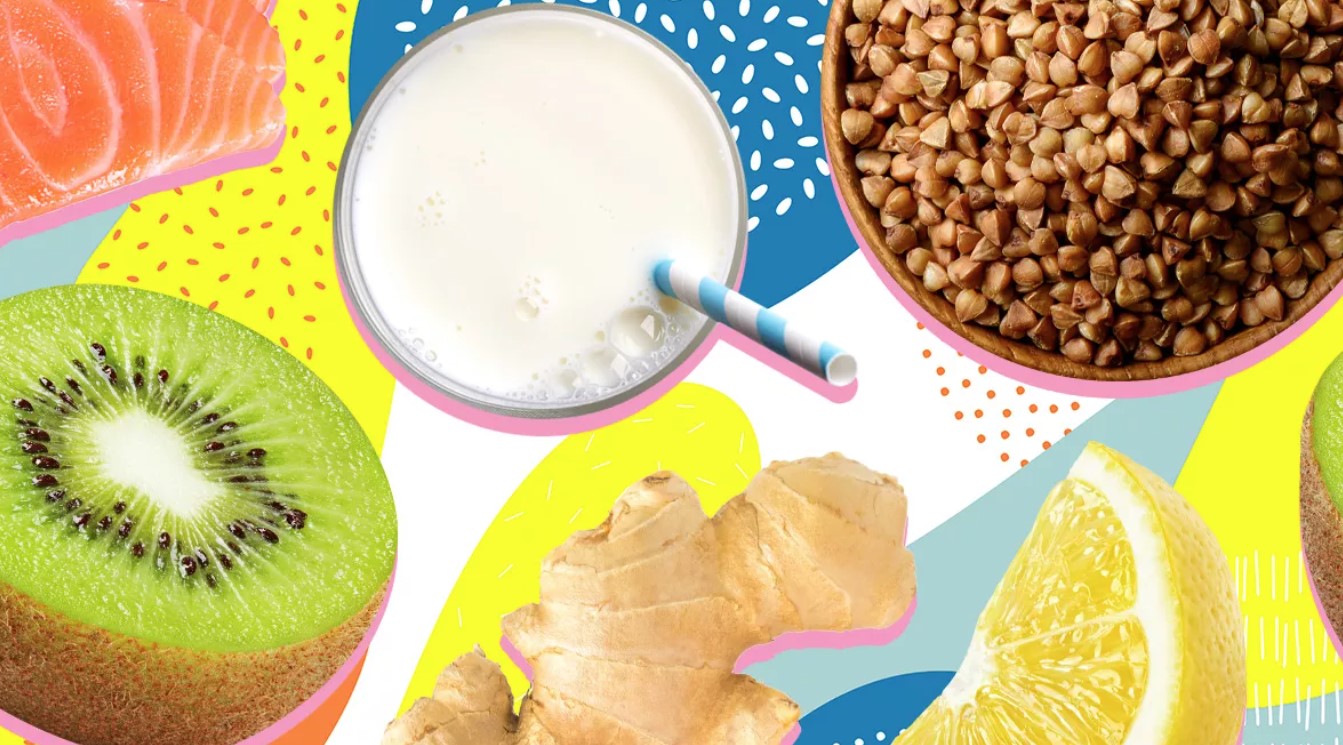
Everyone knows carrots – the fact that they are good for the eyes is also nothing new. But did you know that they are good for your skin and hair? Carrots contain a lot of beta-carotene: a precursor of vitamin A. This vitamin is important for the function and structure of the skin, it protects the skin from DNA damage that can be caused by the sun, for example.
A vitamin A deficiency can lead to hair loss, dry skin, dry hair and nails. In addition, vitamin A ensures the incorporation of iron, which is also important for the skin.
Men need about 1.0 milligrams a day and women need an average of 0.8 milligrams of vitamin A per day – this amount is already in a large carrot. Another plus point for the food for beautiful skin: carrots grow regionally in Germany from March to December.
Walnuts: biotin, vitamin E and omega-3
Walnuts are not only delicious, they are also really healthy: they contain biotin, vitamin E and omega-3 fatty acids. Biotin is also called vitamin H and not without reason: it is important for the development of skin, hair and nails. A lack of biotin can result in skin disorders, hair loss, brittle nails and poor wound healing. The body needs about 30 to 60 micrograms per day. 100 grams of walnuts contain around 20 micrograms, which does not yet cover the entire daily requirement, but the content of other foods that you eat during the day must also be added.
In addition, walnuts can score with other important nutrients: Vitamin E protects the body’s cells through its antioxidant effect. If we don’t get enough vitamin E, our skin can become dry, blotchy, and wrinkled. It is also said to have a positive effect on neurodermatitis. Depending on age and gender, the body needs between five and 13 milligrams per day. 100 grams of walnuts contain around 6 milligrams. Walnuts are very rich in fat, they contain the essential omega-3 fatty acids, which are also said to have a positive effect on the skin.
Water: essential for life
The human body consists to a large extent of water – in adulthood 50 to 60 percent, with increasing age the proportion drops to 45 percent. This also explains why the skin becomes drier with age. In the body, water ensures that nutrients are transported to the cells and ensures that turgor is maintained – the state of tension in the skin.
A feeling of thirst is already an expression of a negative water balance. So if you’re thirsty, it’s high time to have a drink. Water is a better choice than soft drinks, juice, or coffee. The good thing about water: You already have it at home, because in Germany you can drink tap water without hesitation.
In Germany, the quality of tap water is specified by the Drinking Water Ordinance. And the health authorities ensure that the limit values are observed. If you are unsure whether your tap water is really safe, you can test it yourself. You can order water tests online for little money.
Pumpkin seeds: zinc and iron
Pumpkin seeds contain zinc, the trace element is important for the immune system and the formation of connective tissue. Zinc is also involved in the synthesis of protein – without zinc, no skin cells and no hair are formed. It has a major impact on wound healing. The consequences of a deficiency can be cracked corners of the mouth, poor wound healing, hair loss and brittle nails. 100 grams of pumpkin seeds contain seven milligrams of zinc – this corresponds to the recommended daily amount for women and ten milligrams for men.
Another important nutrient contained in pumpkin seeds is iron: the main task of iron is to transport oxygen in the blood. As a component of the blood pigment hemoglobin, iron brings oxygen to every cell. If the iron intake is too low, the skin becomes pale, skin diseases, hair loss, brittle nails, cracked corners of the mouth and dry skin are also possible. With 12.5 milligrams of iron per 100 grams, pumpkin seeds are among the top iron-rich foods.
Food for beautiful hair: blackcurrants
Black currants are particularly rich in vitamin C. The vitamin is not only important for the immune system, its antioxidant effect protects the cells from aging processes, for example, it is important for the formation of collagen – which in turn is a component of skin, hair and nails. Vitamin C is also important for the optimal absorption of iron. A lack of vitamin C can lead to poor wound healing and bleeding of the skin.
With a content of 177 milligrams, blackcurrants are real vitamin C bombs after rose hips and sea buckthorn. Just 100 grams of blackcurrants can cover the daily requirement. However, it is best to eat them raw, because vitamin C is very sensitive to heat. The black berries also contain iron and potassium – potassium is important for the tissue tension of the body cells and the water balance. Unfortunately, the food for beautiful hair is only in season in summer.
Lentils: protein supplier for skin, hair and nails
Lentils are a good source of protein. Protein is found in each of our cells, it ensures the development and maintenance of skin, hair and nails – nothing works without protein. If there is a deficiency, the connective tissue becomes slack and wounds heal poorly.
Dried lentils contain an average of around 24 grams of protein, cooked it is still around nine grams. The body can absorb the protein particularly well if lentils are combined with other protein sources – for example lentil Bolognese with wholemeal pasta. Lentils also contain biotin, vitamin E, zinc, iron and magnesium. By the way, there are also lentils from Germany – more about this in the article “Soya and seitan are also available from Germany”.
Spinach: vitamins A, C and biotin
Most of us learned as children that spinach is healthy. Rightly so, because it contains many minerals, vitamins and protein.
Even if it is often claimed that spinach contains a lot of iron, it does not come close to the content of pumpkin seeds with three to four milligrams per 100 grams. Spinach contains vitamin C, vitamin A and biotin and is therefore a really healthy and regional food for beautiful skin, hair and nails.
Oatmeal: nutrient bomb for breakfast
Oat flakes are rich in zinc, iron, calcium, magnesium and biotin, and they are also a good source of protein. With a bowl of oatmeal for breakfast, you can provide your skin, hair and nails with plenty of nutrients in the morning. You can combine porridge for breakfast very well with pumpkin seeds and walnuts – this is how the effects add up. In summer you can refine the whole thing with black currants.
Food for beautiful skin, hair and nails

In general, a healthy and varied diet with lots of vegetables, fruit, whole grain products, legumes, nuts, seeds and kernels is good for the body. Stress also has a strong influence on the body, which is why sufficient sleep, relaxation, exercise and mindfulness in everyday life are important components for beauty. Environmental factors such as pollutants also have an influence: It is therefore better to use organic food, as it contains fewer pollutants.
However, one should be careful with dietary supplements, because an overdose of some nutrients can have negative effects on health: For example, an overdose of vitamin A can cause headaches, skin changes, jaundice and liver failure.

